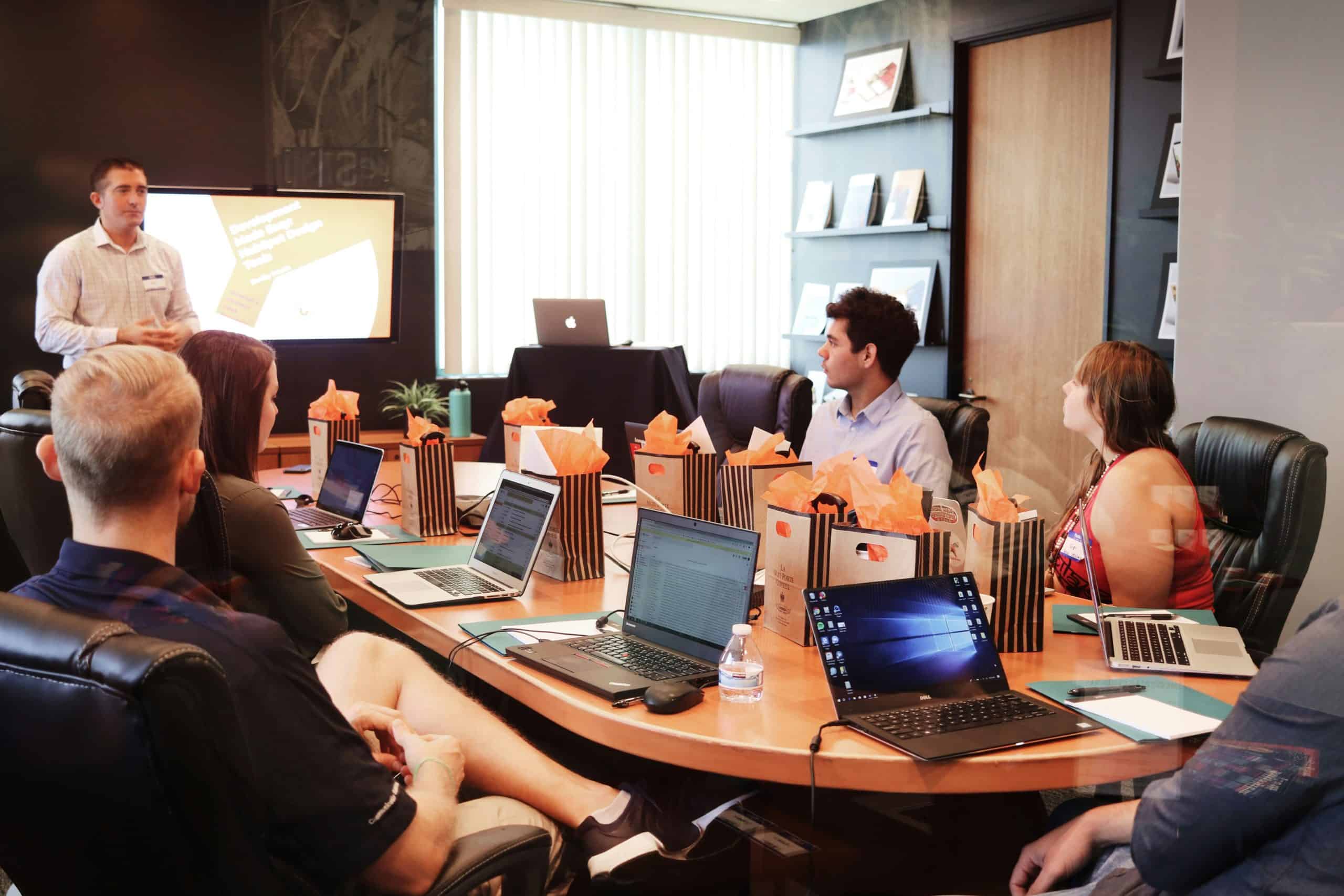Imagine a team meeting where everyone is fully engaged, ideas are flowing freely, and decisions are made efficiently. This is the essence of a successful Touch Base Meeting – a powerful tool for fostering collaboration and driving productivity in any organization. In today’s fast-paced work environment, where time is often limited and communication can easily fall through the cracks, mastering the art of running effective touch base meetings can be a game-changer for teams. From startups to established corporations, the ability to facilitate impactful touch base meetings can be the key to unlocking team synergy and achieving collective goals. So grab your virtual whiteboard markers and prepare to learn the secrets to running a successful touch base meeting that will leave your team energized and empowered!
Importance of Touch Base Meetings
Touch base meetings are crucial for maintaining effective communication and alignment within teams. These meetings provide an opportunity to discuss progress, address any concerns, and share updates on projects. By facilitating regular touch base meetings, team members can feel more connected, informed, and motivated to collaborate towards common goals.
Moreover, touch base meetings help in fostering a sense of accountability among team members. By setting clear objectives and action items during these meetings, individuals are more likely to stay committed to their tasks and deadlines. This structured approach can lead to increased productivity and efficiency within the team.
In addition, touch base meetings create a platform for open dialogue and feedback exchange. It allows team members to voice their opinions, offer insights, and contribute ideas that can further enhance the overall performance of the team. Encouraging active participation during these meetings can promote a culture of continuous improvement and innovation within the organization.

Setting Clear Objectives
Setting clear objectives is crucial for the success of any meeting, especially when discussing touch base points. By defining specific goals and outcomes beforehand, you can ensure that your meeting stays focused and productive. Clear objectives also help participants understand the purpose of the discussion and stay motivated to contribute meaningfully.
When setting objectives for a touch base meeting, consider both short-term and long-term goals. Short-term objectives could include addressing immediate challenges or making decisions on current projects, while long-term goals may focus on strategic planning or team development. By understanding the different levels of objectives, you can tailor your meeting agenda to address both immediate needs and overarching priorities effectively.
To enhance clarity in setting objectives for touch base meetings, use SMART criteria – Specific, Measurable, Achievable, Relevant, Time-bound. This framework helps ensure that your goals are well-defined and actionable. Additionally, regularly reviewing and revising these objectives can help adapt to changing circumstances and keep your meetings aligned with broader organizational goals.
Selecting the Right Participants
Selecting the right participants for a touch base meeting is crucial for its success. Consider inviting individuals who bring diverse perspectives and expertise to the table, fostering collaborative discussions and innovative solutions. Avoid overcrowding the meeting with unnecessary attendees, as this could derail productivity and divert focus from key objectives.
Furthermore, take into account each participant’s availability and commitment to actively engage in the meeting. Prioritize individuals who are invested in the topics being discussed and can contribute meaningfully to decision-making processes. By curating a selective group of participants, you can ensure that the touch base meeting is impactful and drives actionable outcomes that align with your organization’s goals.

Structuring the Meeting Agenda
Structuring the meeting agenda is a critical aspect of running a successful touch base meeting. By carefully outlining the topics to be discussed and assigning time limits to each item, you can ensure that the meeting stays on track and achieves its objectives efficiently. Start the agenda with a brief overview or highlights from the previous meeting to provide context and continuity.
Next, prioritize key discussion points based on their relevance and importance to the team or project. This helps in maintaining focus and ensuring that essential topics are addressed first. Additionally, consider incorporating time for open discussions or Q&A sessions towards the end of the meeting to allow team members to raise any additional points or concerns not covered in the initial agenda. Structuring your meeting agenda thoughtfully sets a clear roadmap for productive discussions and helps in maximizing everyone’s time effectively.
Effective Communication and Engagement Strategies
Effective communication and engagement strategies are crucial components of running a successful touch base meeting. One key technique is active listening, where all participants are encouraged to fully engage in the conversation by listening attentively and responding thoughtfully. Another effective strategy is to set clear goals and objectives for the meeting, ensuring that everyone understands the purpose and expectations.
Additionally, utilizing visual aids such as charts or diagrams can enhance understanding and engagement during discussions. Encouraging open dialogue and giving all participants a chance to voice their opinions can foster a collaborative atmosphere that encourages further participation. Overall, strategic communication techniques combined with active engagement strategies can lead to more productive touch base meetings that drive positive outcomes for teams and projects alike.

Follow-Up and Accountability
Follow-up and accountability are crucial components of running a successful touch base meeting. After the initial meeting, it’s important to set clear action items and deadlines for each team member. This not only ensures progress but also holds everyone accountable for their responsibilities.
To keep track of progress, consider implementing a system where team members report on their assigned tasks regularly. This could be done through weekly check-ins or status updates shared in a dedicated communication channel. By maintaining consistent follow-up and accountability measures, you create a culture of responsibility and transparency within your team, ultimately leading to higher productivity and increased goal achievement.
Conclusion: Key Takeaways for Success
In conclusion, running successful Touch Base Meetings is a key component of effective communication and teamwork within any organization. By focusing on clear objectives, active participation, and accountability, teams can ensure that these meetings are productive and valuable. Remember to keep the agenda concise, encourage open dialogue, and follow up on action items promptly to maintain momentum.
One important takeaway for success is to continuously assess the effectiveness of your Touch Base Meetings by seeking feedback from participants and making necessary adjustments. Embrace flexibility in your approach while also maintaining structure to cater to evolving needs and priorities. By prioritizing engagement and collaboration during these meetings, you can foster a positive team dynamic that drives success across all projects and initiatives.